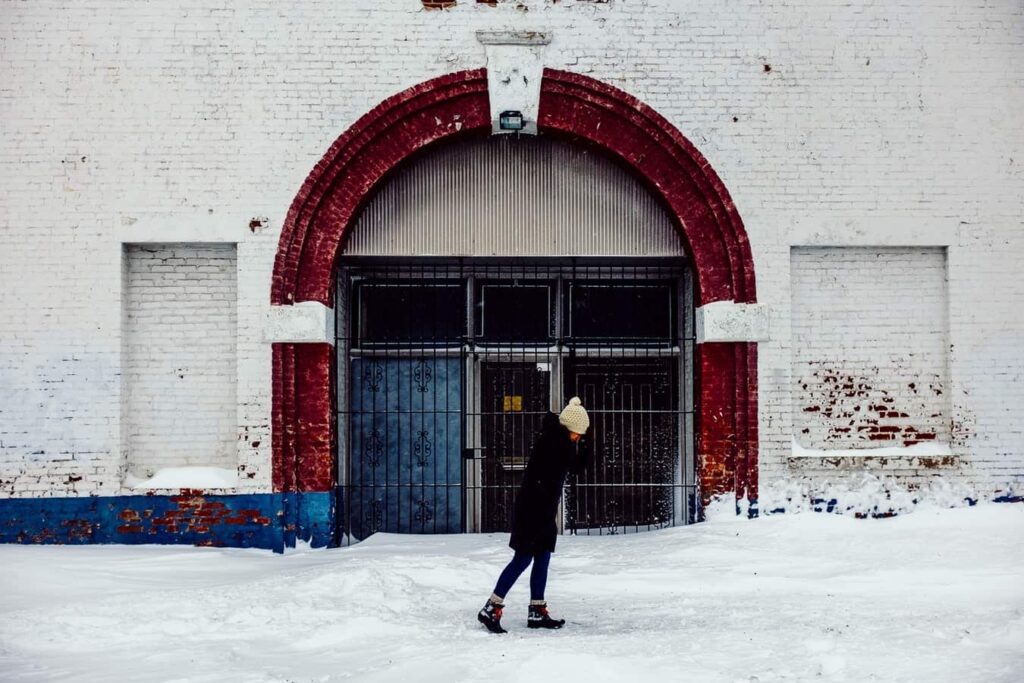Cold weather can make us feel miserable, but it can also bring on or exacerbate pain every winter. It’s old wisdom that bad weather can make us feel achy and creaky, but does this have any scientific basis, or is it in our minds?
Feeling worse for wear in winter is particularly common in people who suffer from arthritis, but others may find that old injuries begin to hurt, their back pain or joint pain flares up, or their fibromyalgia worsens. Studies within the scientific community have shown varying results around the world, some studies have found no link to cold weather and pain, and some have found a strong link. Taking all this conflicting information into account, there could be several different reasons why you experience pain worse in bad weather.
-
Psychological
There is a strong link between pain and our thoughts, feelings and emotions. In the journal Nature Human Behaviour, a study was published which explained that
pain can actually be a self-fulfilling prophecy. If we expect something will be painful, we will likely feel the pain worse. And of course, in some instances, people can even be severely injured and not even realise it at all until they’ve stopped what they were doing and discovered the injury.
Using this logic, we are bound to feel pain more when we are feeling miserable because of the cold and dark, and if we expect our pain to become worse in winter, then that could well be what happens. This does not mean that the pain is just “in our minds” or that it’s our fault we’re in pain. But it does mean we should take advantage of the things that cheer us up in winter and take our mind off things, like cosying up with a blanket in front of a film, or the eating drinking and other pleasurable activities associated with the winter period!
Symptoms of mental health conditions such as depression and stress can also be worse in winter, and these can make chronic pain worse. Make sure you give your mental health extra care and consideration in winter.
-
Reduction of Activity
It’s flat out easier to get more activity and physical exercise in the summer. We may find that in summer we enjoy sports, going for a run or swim much more than we do in winter. We may be more likely to walk up to the shops on a warm day instead of taking the car or even spend all day walking out in the countryside.
When we look outside and see rain, sleet and dark, it makes us feel like staying indoors and getting lots of rest. This could actually be making us feel worse, as gentle exercise greatly helps with things like back pain.
It’s worth considering getting a gym membership or some equipment that can help you work out at home when the weather is bad and you just don’t feel like going out. If you don’t want to spend any money, there are plenty of free videos on YouTube that will help you get aerobic exercise, or do things like Yoga and Tai Chi which have been shown in some studies to reduce chronic pain.
-
Muscle tension and shivering
When we’re very cold the blood supply is reduced from our extremities (hands, feet, nose etc) and stays near our organs to keep us warm. This is no good if you have existing joint pain or injuries in these areas. Our muscles tense up and we may start to shiver. Tightening of the muscles in the back can make our back pain worse.
Although you may feel like you can tolerate a quick walk to the shops in the cold or a short wait at the bus stop. Bear in mind that even a short period of tension, shivering and reduced circulation could make you feel worse for hours afterwards. Get yourself a good quality coat, hat, scarf and gloves. Keeping your core temperature warm will stop your body from reducing the blood flow to your limbs.
Make sure you are nice and warm at home and in bed. Having the heating on can be a financial drain, so if you don’t like to have the heating on too much drink plenty of warm drinks, cover yourself up with blankets, use hot water bottles and even look at getting an electric blanket or throw to provide warmth to your body. Sitting for long periods of time in the chilly weather is going to make you feel stiff and unpleasant, even if you had no existing injuries or joint problems.
-
Barometric Pressure
It’s an old wives tale that people can feel a storm or rain coming in their bones. Some of us feel achy and unpleasant in bad weather. Before it rains the barometric pressure drops, and it could be this, not the rain or dampness itself that causes the pain. While the scientific community hasn’t been able to prove either way whether barometric pressure causes joint pain or not, this is a phenomenon that has been recorded around the globe for thousands of years. Even Hippocrates wrote about it in 400 B.C.
It may or may not be true, but there is a theory that before a storm the drop in air pressure means there is less pressure on the joints. In someone with a pre-existing injury or old injury, the inflammation may become worse because of the pressure drop.
Some of us need to pay a little extra attention to our bodies and how we care for ourselves in the cold months. We don’t believe that pain should ever just be tolerated or accepted as a fact of life. There are many things we can do to manage pain or to improve the condition causing it. We’re currently offering free 30 minute assessments to new patients, so if you would like to get to the bottom of what’s causing your pain and have us suggest a treatment plan
just follow this link and submit your details.


